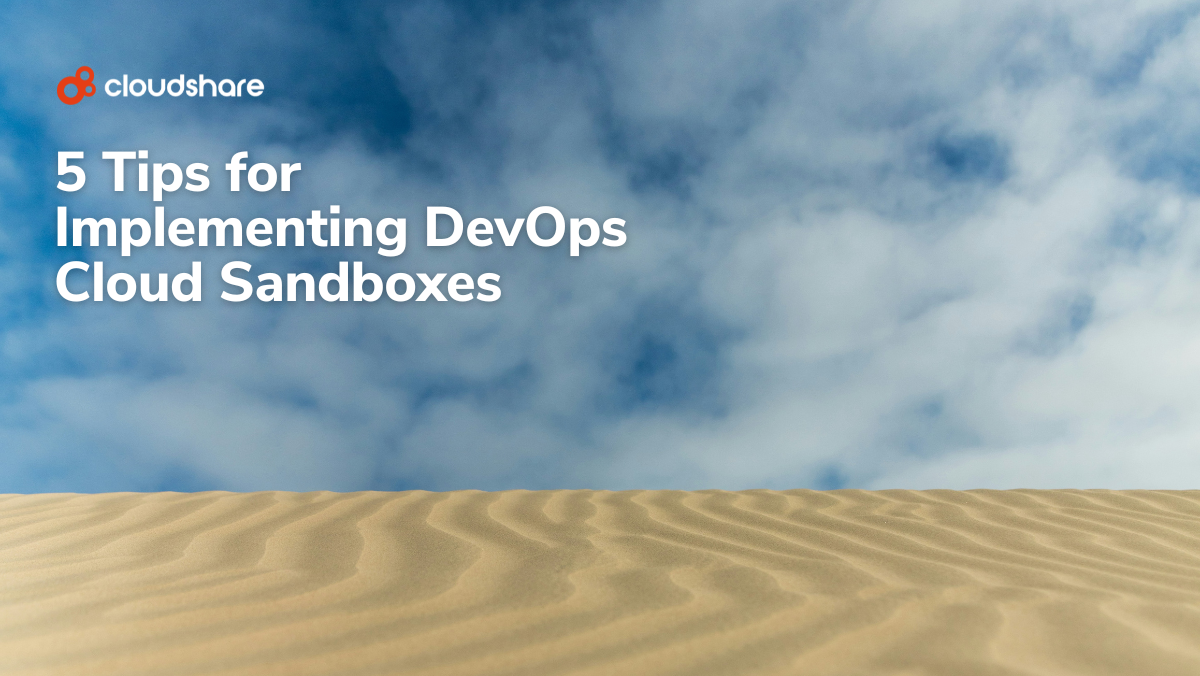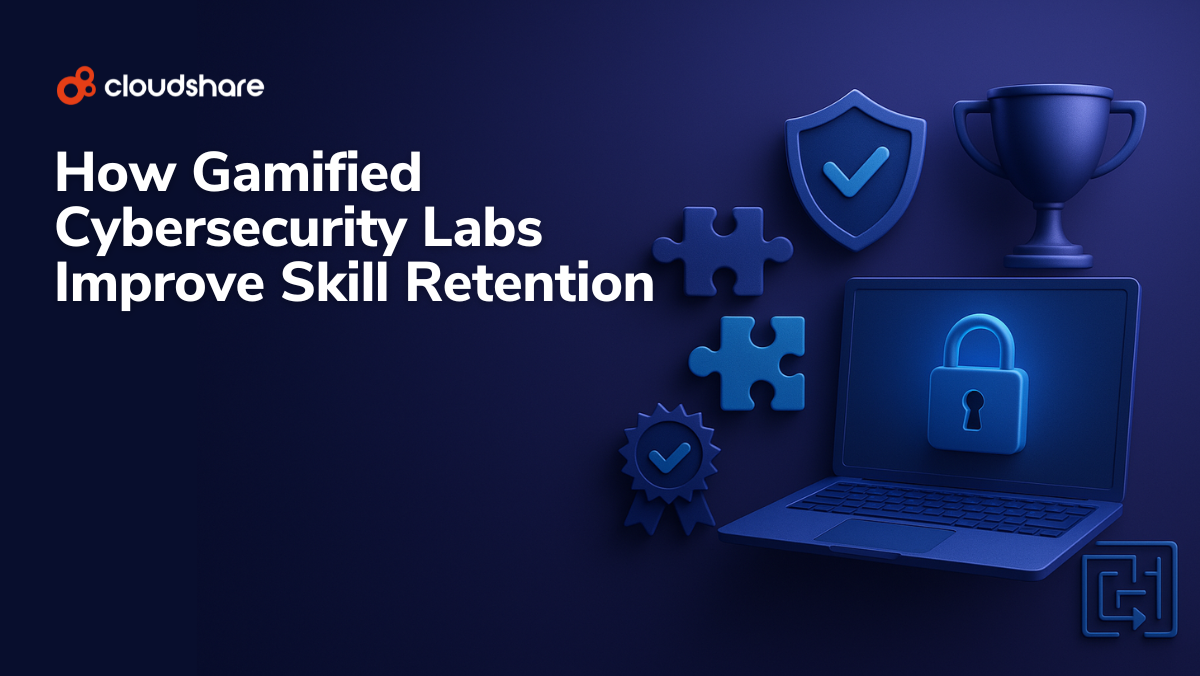
DevOps thrives on speed, collaboration, and continuous improvement. But keeping that engine running requires testing environments that are both fast to deploy and safe to experiment in.
That’s why, when employed properly, cloud development environments can be immensely beneficial for testing and validation.
These environments give developers a secure, flexible place to simulate real-world infrastructure, validate new code, and explore “what if” scenarios without risking production systems. When set up correctly, cloud sandboxes remove bottlenecks, accelerate CI/CD pipelines, and help organizations innovate with confidence.
With that in mind, let’s go over a few best practices DevOps teams should keep in mind when moving to the cloud.
Key Takeaways
- Cloud sandboxes can provide unmatched agility and scalability for DevOps.
- Careful configuration, integrated security practices, and clear policies are all non-negotiable for virtual sandbox environments.
- Businesses should also combine automated guardrails with a collaborative, security-first mindset.
Understand How the Cloud Differs from Traditional Testing
Not every development team can benefit from using an environment-as-a-service (EaaS) platform. In some cases, traditional infrastructure might be the better option. It largely comes down to priorities.
| Cloud Sandboxes vs. Traditional Test Environments | ||
| Cloud | Traditional | |
| Infrastructure | Virtualized and hardware-agnostic | Physical, on-prem servers and devices |
| Scalability | On-demand provisioning | Requires additional physical infrastructure |
| Cost | Minimal upfront investment with either recurring or usage-based pricing | High upfront investment plus ongoing maintenance costs |
| Accessibility | Remotely from any compatible system | Requires a VPN or similar solution for remote access |
| Setup | Requires very little time or effort | Manual deployment and configuration |
| Agility | Flexibility and scalability support dynamic CI/CD pipelines | May be slow to adapt to changing needs and requirements |
| Security | Secured via principles such as zero trust and least privilege | Organization has direct control over both data and infrastructure |
| Coverage | Supports a diverse range of ecosystems and devices | Typically limited to pre-configured environments |
If you need agility, flexibility, and scalability, then a cloud sandbox is the better choice. On the other hand, if your needs are relatively consistent and you develop exclusively for a specific environment, on-prem may be the better option. Highly regulated businesses that need to control their own infrastructures may need to keep their testing on premises.
Embrace a Holistic Approach to Security
Work with your security team to develop a strategy that encompasses identity and access management, baseline configurations, and data governance.
Enforce least privilege and zero trust access, requiring authentication from all users and only providing what they need to do their jobs.
You should also explore cloud security posture management to continuously surface misconfigurations and address risks.
Establish Clear Usage Policies
Alongside your security strategy, ensure you have well-defined rules about how your sandbox environments should be used, including:
- Data classification and anonymization
- Network connectivity
- Access permissions
- Which resources should be tagged, and how
- How long a sandbox environment can remain live
- How long resources in a sandbox environment can remain active
- Logging and documentation
Leverage Automated Guardrails
A cloud sandbox should streamline your development pipeline and reduce your team’s workload. It defeats the purpose of using one if you have to constantly babysit your deployment in case of misuse and misconfigurations. The good news is that many cloud labs come with pre-built guardrails that allow you to identify and restrict unwanted actions automatically.
Use these guardrails to control costs, eliminate policy violations, and address potential vulnerabilities and compliance gaps.
Promote the Right Culture
Encourage your development and security teams to work together by fostering an environment of shared accountability, continuous learning, and collaboration. Reposition security as an enabler rather than a roadblock, and provide developers with tools that allow them to easily incorporate secure practices into their pipeline.
Bringing Your Development Pipeline Into the Cloud
A well-implemented sandbox environment can make the difference between rapid innovation and stalled releases. Done right, it ensures code is tested thoroughly, security risks are addressed early, and teams spend less time waiting and more time building. Done poorly, it can create blind spots, expose data, and slow everything down.
The key is striking the right balance: pairing automation with strong guardrails, aligning development and security teams, and using cloud platforms that deliver the agility DevOps requires. With these practices in place, your sandbox stops being just another testing tool. It becomes a launchpad for faster, safer software delivery.
Fortunately, you’ve now got an idea of how to avoid those pitfalls. And if you’re in the market for a cloud-lab-as-a-service solution that will empower and enable your development team, book a demo with CloudShare.
Related Content: The 5 Best DevOps Training Platforms of 2025
FAQs
What is a sandbox environment and how does it work in DevOps?
A sandbox environment is a virtual workspace designed to simulate real-world infrastructure. In a DevOps context, it allows teams to build, test, and validate code changes and updates without impacting production.
Why are sandbox environments important for software testing?
Sandbox environments allow developers to test and troubleshoot software across a range of different ecosystems with zero risk. This makes software testing more thorough and ultimately more effective.
What are the main benefits of using a cloud sandbox vs an on-prem one?
Agility and flexibility. A cloud sandbox can be spun up in moments to simulate nearly any production environment. An on-prem testing environment typically requires far more extensive configuration and setup.
How can cloud sandboxes improve CI/CD workflows?
Cloud sandboxes both streamline and automate testing, allowing teams to continuously assess and validate code changes throughout the pipeline rather than only immediately before deployment.
Is it secure to use a cloud sandbox environment for testing?
Generally yes. Assuming it’s properly configured, a cloud sandbox combines containerization with role-based access and automated security guardrails. That said, these measures should be paired with secure development practices such as secret management, zero trust access, and least privilege permissions.




